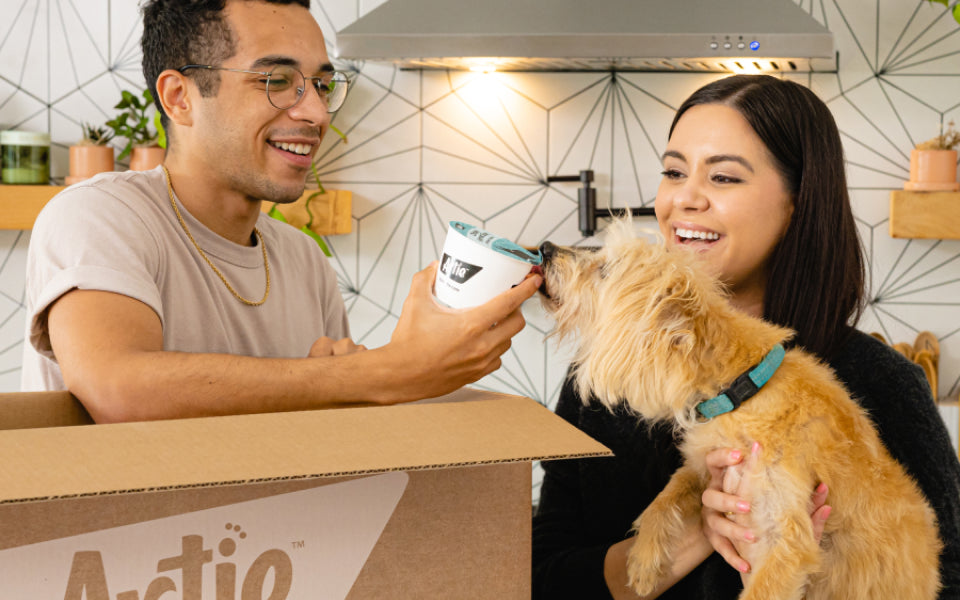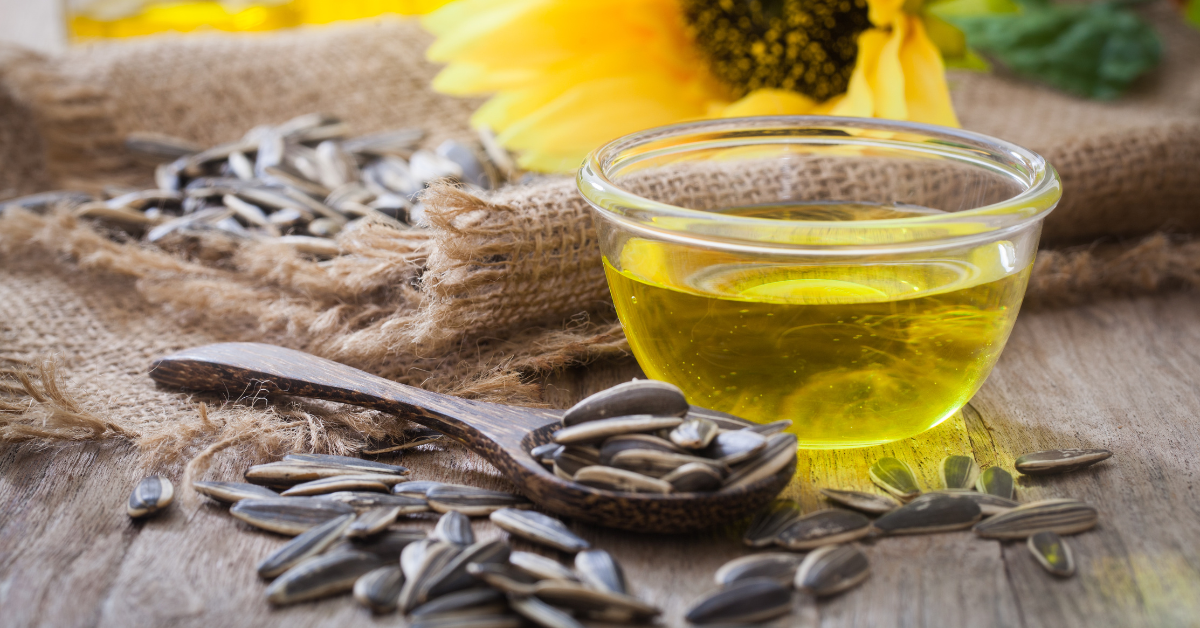Do you have questions about what your pet is eating? Do you know what to feed them to keep them healthy? Choosing the right food for your pet is essential for their health. I’m Dr. Lindsey Bullen, DVM, DACVIM, and I am board certified in the field of veterinary nutrition. I’m here to help provide you with the information you need to keep your beloved pet healthy and happy.
Did you know that most pets will benefit from a transition from one diet to another?
Just like people, our pets can be predisposed to sensitive tummies. This means that when they eat something to which they are not accustomed, it can take some time for their GI tract to acclimate and get used to the new ingredients.
To reduce the chance of an upset tummy, it is always recommended to slowly transition your pet when switching their diets. How can you know if their tummies might need a little bit of help? Watch for changes to stool character (too soft or too firm) and increased gas production.
Introduce a small percentage of the new diet in the beginning and slowly increase the amount of the new diet over the course of several days to several weeks until eventually your pet is 100% on the new diet. For example, for the first few days, start with 10 to 25% of the new diet + 75 to 90% of their old diet, before continuing to progress.
Keep in mind that all pets, just like people, are unique individuals, so the rate of transition may vary from pet to pet. Most pets do very well with a transition of 7 to 10 days. However, if the pet is known to be particularly sensitive, it would be a good idea to extend this transition to a several-week period to ensure their little body does well.
What is a board-certified veterinary nutritionist®?
A board certified veterinary nutritionist® is a veterinarian who has extensive training and expertise in the area of companion animal and veterinary nutrition.
In addition to attending a 4-year college and 4-year veterinary medical school, a board certified veterinary nutritionist® must complete a medical and surgical internship, as well as a nutrition residency before passing rigorous credentialing exams.
While these specialists ultimately communicate optimal feeding practices and diets for companion animals, their knowledge goes beyond this. In order to provide these recommendations, they must be true experts of biochemistry, metabolism, and internal medicine.
Board-certified veterinary nutritionist often have extensive training and knowledge in regard to pet food formulation, which makes them critical parts of any pet food manufacturing team, as well as assets to the pet food industry as a whole.
Did you know that dogs and cats have a preferred food temperature?
Extensive research has shown that both dogs and cats prefer their food on the warm side, with the optimal temperature being between 95 and 105 °F, which Artie has termed “prey temp”. As an added bonus, heating food to this temperature releases delicious aromas and flavors, which can help to encourage even the most picky pets to eat.
What is a nutrient?

A nutrient is a particle or substance used by any living thing to survive.
Nutrients can be broken down into 6 major classifications:
- Protein
- Fat
- Carbohydrates (which includes fiber)
- Water
- Vitamins
- Minerals
Animals get nutrients from the food they eat, thus, ingredients are the vehicles for nutrient delivery so the body can get what it needs to thrive.
Why are there so many ingredients in my dog food?
Each ingredient has a very important purpose in your pet’s food to make their diet both complete (containing all essential nutrients) and balanced (having those nutrients be in the right concentrations and proportions).
It’s impossible to make a diet complete and balanced with just a single ingredient or handful of ingredients. Additional ingredients such as trace vitamin and mineral mixes must be added to ensure that your pet gets everything they need to not only survive, but to thrive.
In addition to providing essential nutrients for your pet, some ingredients are also added for your pet’s safety, such as those that act as ingredient stabilizers, bacteria and mold deterrents, and antioxidants.
What can I do if my dog is picky?
Just like people, pets have their preferred foods, flavors, and smells.
Sometimes a pet is picky because they are not getting the food that they want. Other times, it can be because they do not feel well which may warrant evaluation by their veterinarian.
Regardless of why the pet is picky, there are things you can do to try to make their food more appetizing, such as:
- Warming their food up to 95 and 105 °F (prey temp)
- Adding a topper or a palatant to make the food taste and smell more appetizing
Safe toppers for dogs may include foods such as certain pureed baby foods (such as sweet potato, ham, turkey, bananas, etc.), pumpkin, applesauce, yogurt, sour cream, and nutritional yeast.
When using human foods as toppers it’s always recommended to ensure that there are no dangerous ingredients in the food such as garlic, onions, or xylitol (not an exclusive list).
Because every pet is unique it may take some trial and error to find a topper they like that settles well in their tummy. For example, some pets may be tolerant of dairy while others may not.
Either way, if your pet is chronically picky, and there is ever any concern that they are not eating well, it is always recommended to involve your veterinarian in the conversation.






